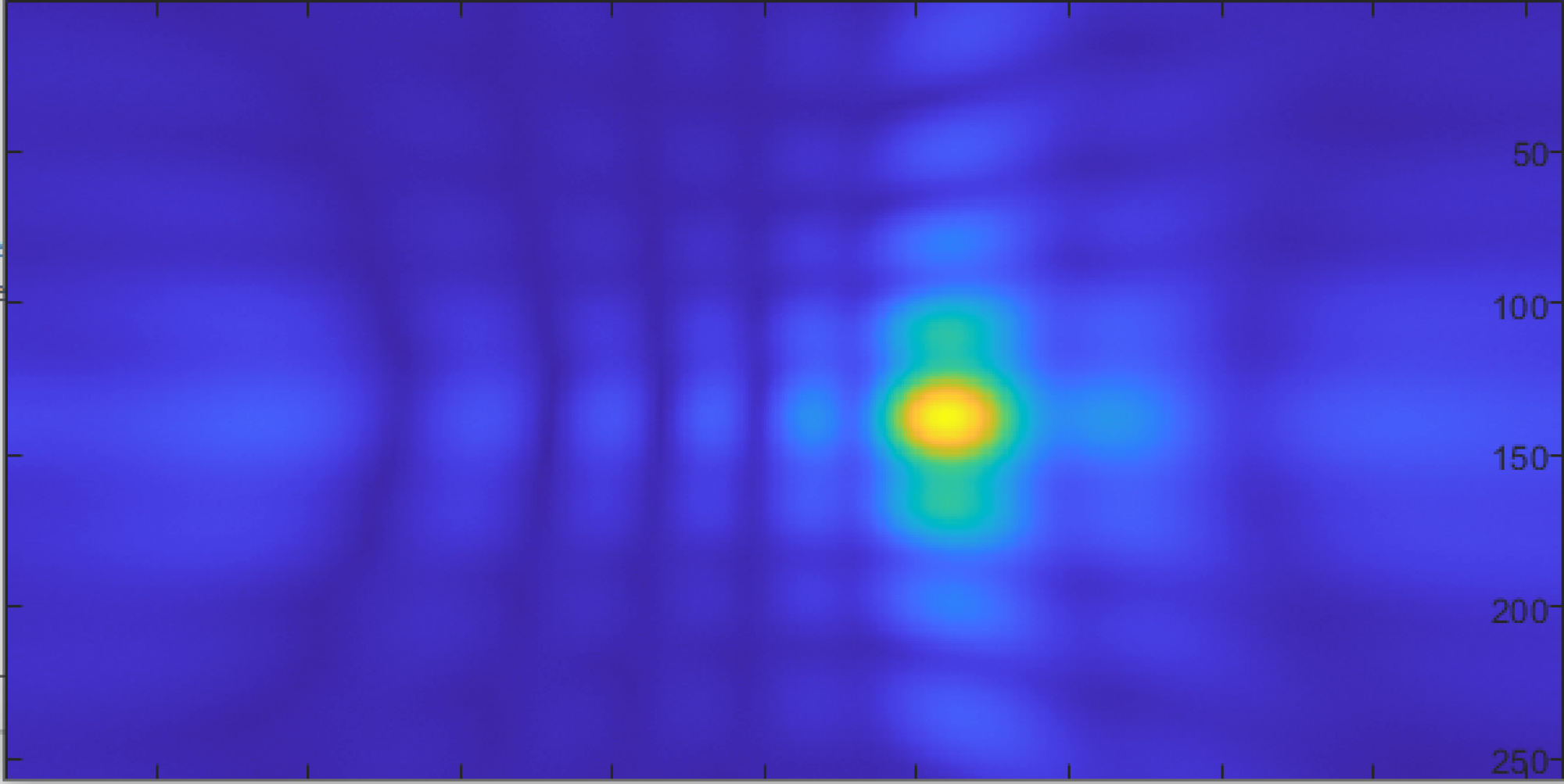I’m waiting for the 96 microphones to be assembled. Once all of them are functional, I’m going to calibrate them by having John capture their output with a sound source of three tones at 2563Hz, 8667Hz, and 12597Hz. These three frequencies we were observed from the recording of the air leak, so we will focus on these.
The sound will be played through a bluetooth speaker approximately 8-10ft away from the microphone array to minimize the variations in distances between the microphone and the sound source. If the speaker were much closer, the angle between the microphone array and the speaker will have a larger variance, as well as the distance between the mic and the speaker, since the microphone array is flat, not curved.
In the microphone’s datasheet, it lists the maximum sensitivity variation to be +/- 1dB, so they should be pretty close to each other.


The most basic calibration will involve taking the average of the three tones’s output level and simply adding or subtracting an offset to compensate for the sensitivity of the microphone.
If we find significant differences in sensitivity from one microphone to the next depending on the frequency, we will have to generate an equalization factor that is dependent on frequency, such as in a graphic EQ.
Next week:
Get the microphone array assembled and perform the calibration procedure.
